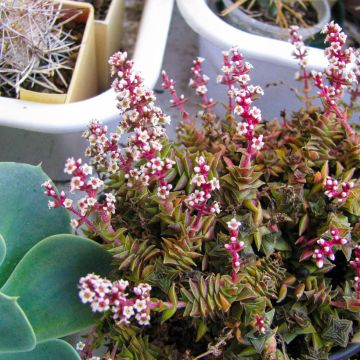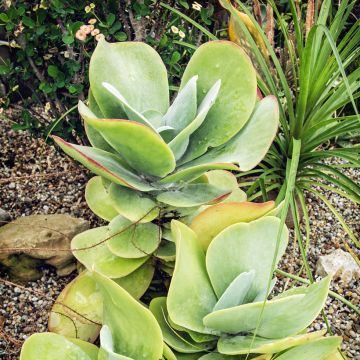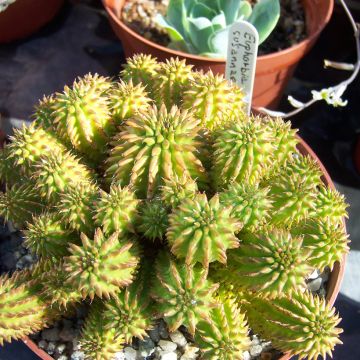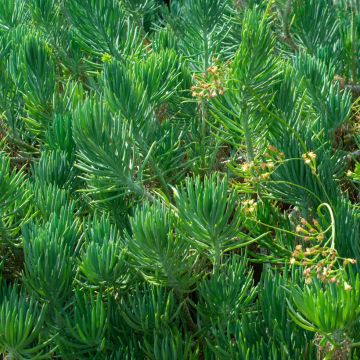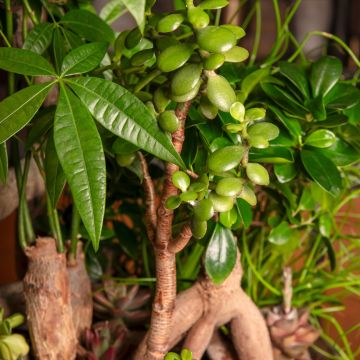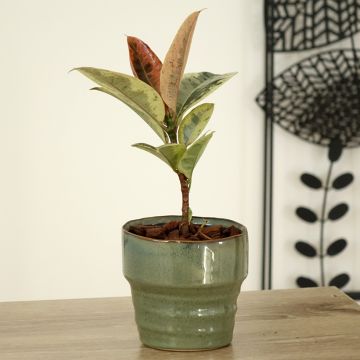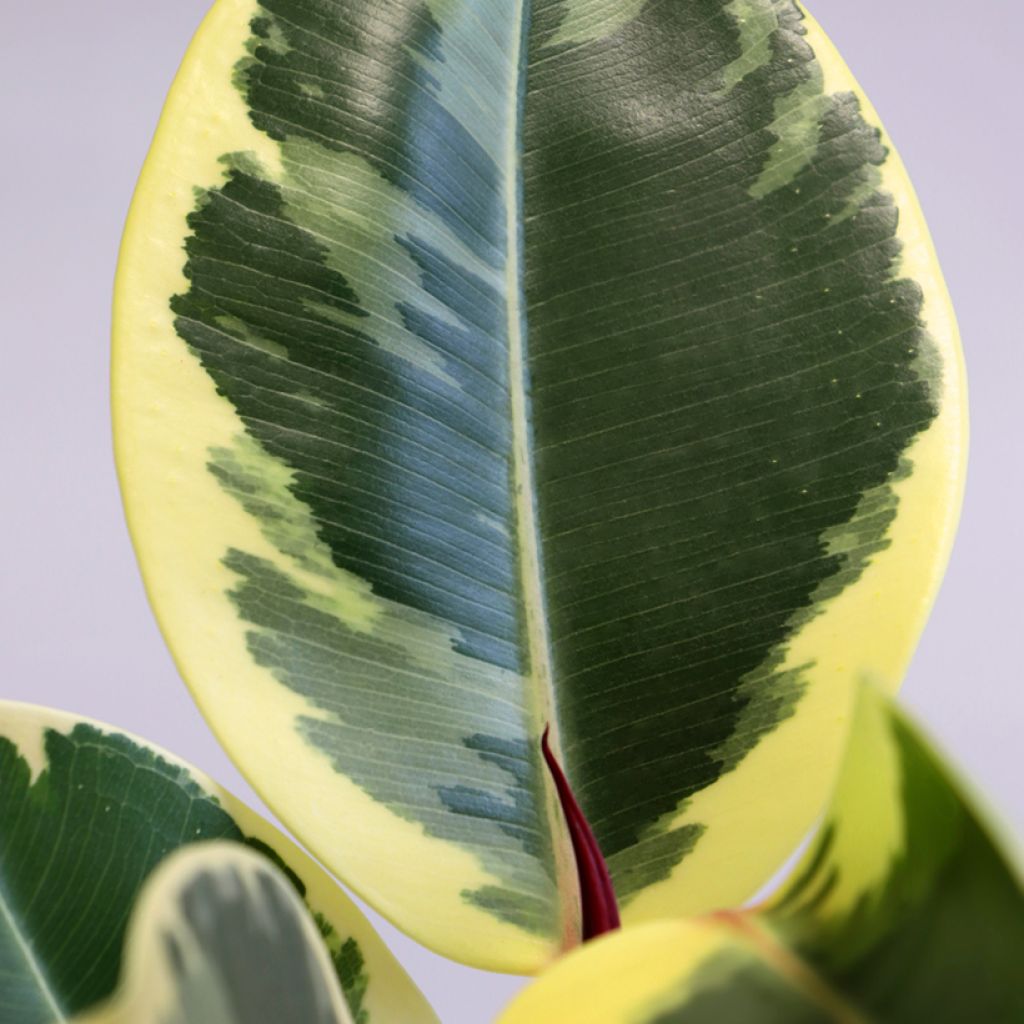

Ficus elastica Tineke - Rubber plant
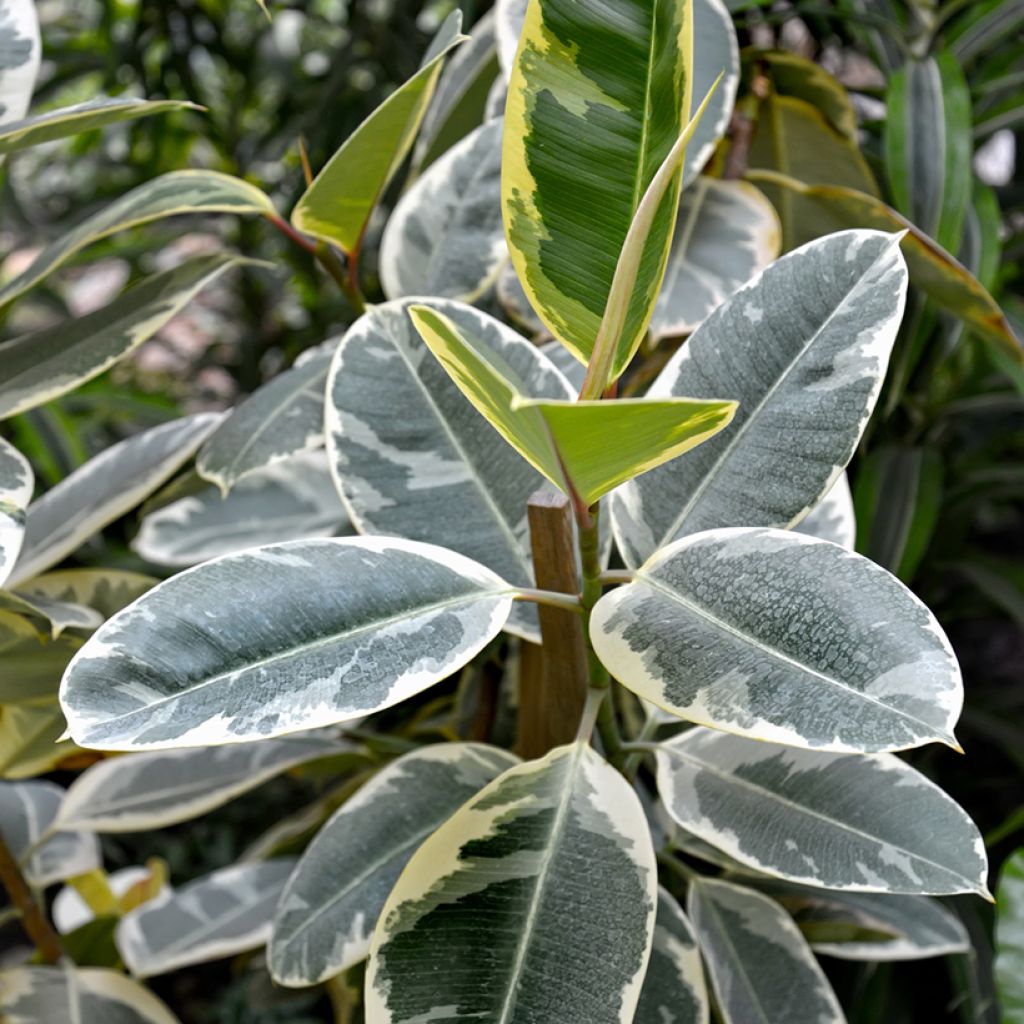

Ficus elastica Tineke - Rubber plant
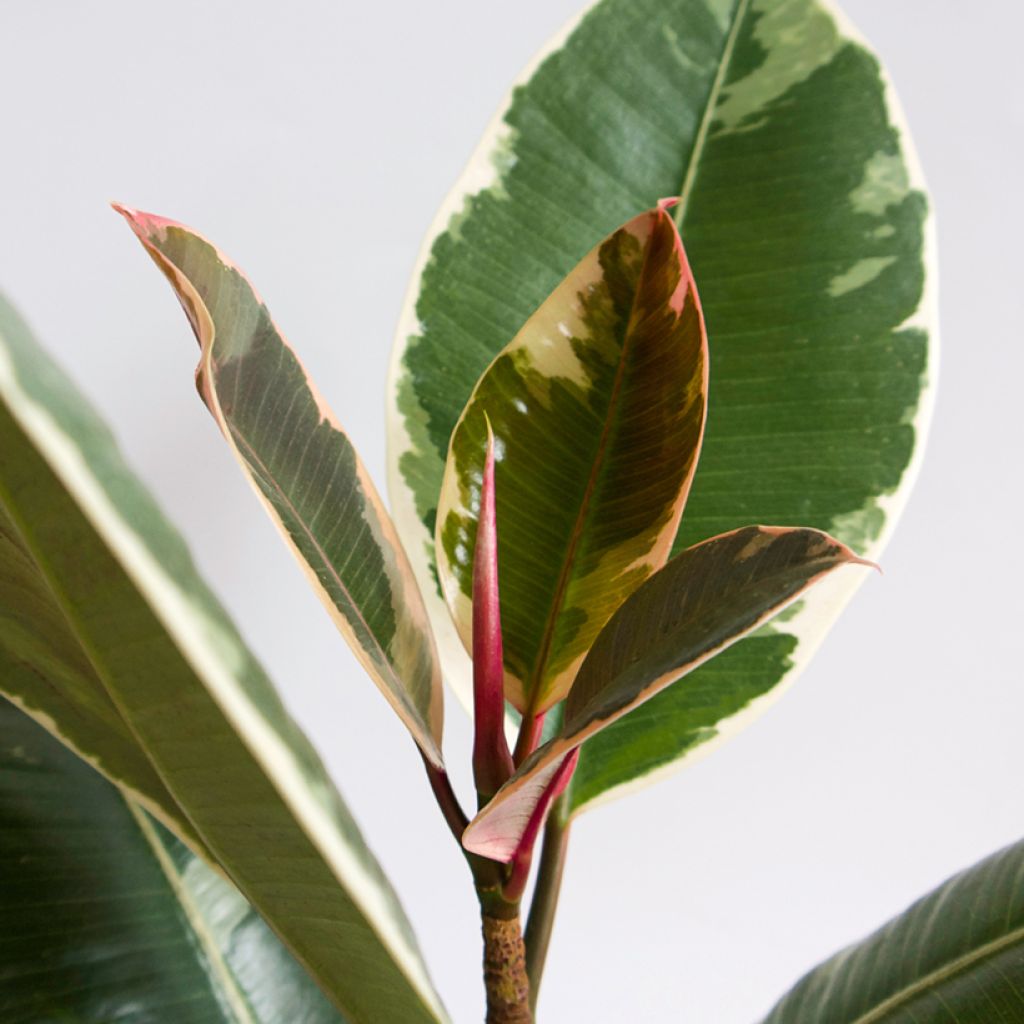

Ficus elastica Tineke - Rubber plant
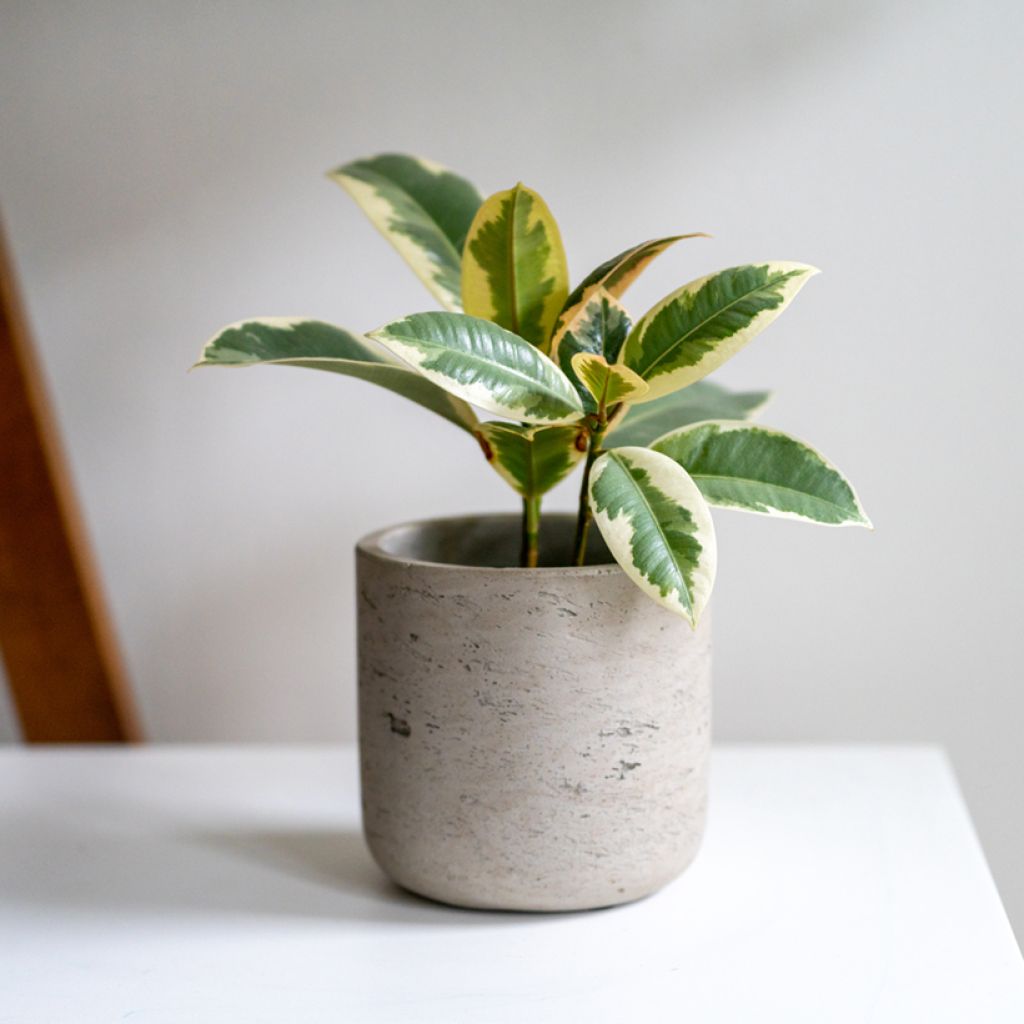

Ficus elastica Tineke - Rubber plant
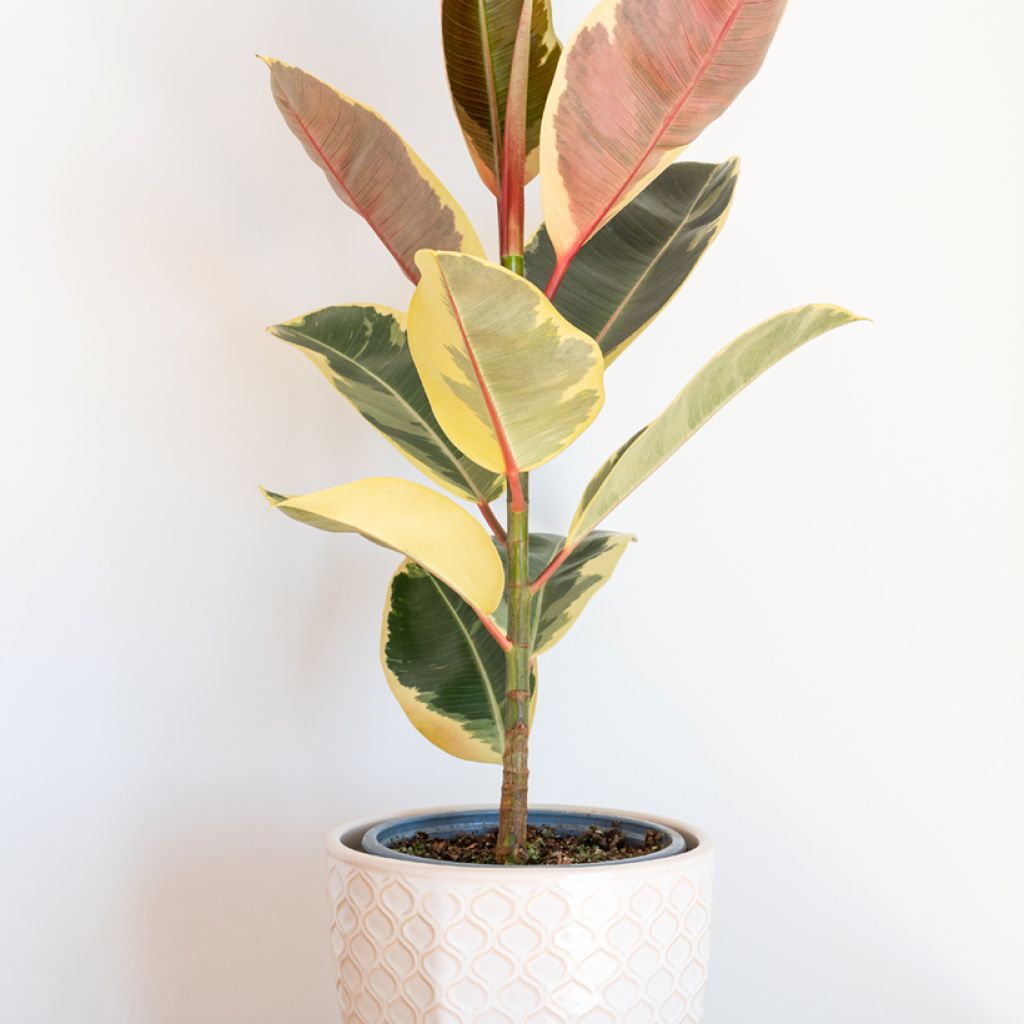

Ficus elastica Tineke - Rubber plant
Ficus elastica Tineke - Rubber plant
Ficus elastica Tineke
Rubber plant, rubber fig plant
Why not try an alternative variety in stock?
View all →This plant carries a 30 days recovery warranty
More information
We guarantee the quality of our plants for a full growing cycle, and will replace at our expense any plant that fails to recover under normal climatic and planting conditions.
From 7,90 € for pickup delivery and 6,90 € for home delivery
Express home delivery from 8,90 €.
Description
The Ficus 'Tineke', derived from the Ficus elastica species, is a variegated rubber plant variety. This indoor plant can grow quite large with age. Fairly resilient and undemanding, it rewards us with a long lifespan under good conditions. The Rubber Plant Tineke blends its soft green foliage with white and unfurls its young leaves in a lovely bright pink hue. The large, shiny ovate leaves adorn upright trunks. It is recommended to regularly wipe the leaves with a damp cloth to remove dust and maintain their lustre. Give it plenty of light to see it truly thrive.
Belonging to the Moraceae family, the Ficus 'Tineke' is a horticultural variety selected for its colourful foliage. At maturity, the plant typically reaches between 1 m and 1.80 m in height with a spread of 60 cm to 1 m, displaying an upright and elegant habit, although it can grow even taller. Its thick, leathery ovate leaves measure up to 25 cm long and have a smooth texture. Although flowering is rare indoors, when it occurs, it consit of small, inconspicuous inflorescences of little ornamental value. The plant is toxic if ingested by pets and humans. Take precautions during pruning or prolonged handling.
Native to the tropical regions of Southeast Asia, particularly India and Malaysia, Ficus elastica grows naturally in warm, humid environments, often in woodland undergrowth, which explains its preference for indirect light and a moderately humid atmosphere indoors.
The Ficus 'Tineke' is a must-have plant for adding an elegant exotic touch. Its natural poise allows it to blend seamlessly into contemporary, Scandinavian, or rustic styles. Why not pair it with Monstera deliciosa and Philodendron scandens, which share similar light and humidity requirements? Houseplants benefit from being grouped together to increase ambient humidity.
Report an error about the product description
Ficus elastica Tineke - Rubber plant in pictures




Foliage
Plant habit
Botanical data
Ficus
elastica
Tineke
Moraceae
Rubber plant, rubber fig plant
Cultivar or hybrid
Safety measures
Other Ficus - Indoor plant fig
View all →Location
Location
Maintenance and care
Potting advice, substrates and fertilisers
Houseplant care
Disease and pest advice
Maintenance and care
This item has not been reviewed yet - be the first to leave a review about it.
Haven't found what you were looking for?
Hardiness is the lowest winter temperature a plant can endure without suffering serious damage or even dying. However, hardiness is affected by location (a sheltered area, such as a patio), protection (winter cover) and soil type (hardiness is improved by well-drained soil).

Photo Sharing Terms & Conditions
In order to encourage gardeners to interact and share their experiences, Promesse de fleurs offers various media enabling content to be uploaded onto its Site - in particular via the ‘Photo sharing’ module.
The User agrees to refrain from:
- Posting any content that is illegal, prejudicial, insulting, racist, inciteful to hatred, revisionist, contrary to public decency, that infringes on privacy or on the privacy rights of third parties, in particular the publicity rights of persons and goods, intellectual property rights, or the right to privacy.
- Submitting content on behalf of a third party;
- Impersonate the identity of a third party and/or publish any personal information about a third party;
In general, the User undertakes to refrain from any unethical behaviour.
All Content (in particular text, comments, files, images, photos, videos, creative works, etc.), which may be subject to property or intellectual property rights, image or other private rights, shall remain the property of the User, subject to the limited rights granted by the terms of the licence granted by Promesse de fleurs as stated below. Users are at liberty to publish or not to publish such Content on the Site, notably via the ‘Photo Sharing’ facility, and accept that this Content shall be made public and freely accessible, notably on the Internet.
Users further acknowledge, undertake to have ,and guarantee that they hold all necessary rights and permissions to publish such material on the Site, in particular with regard to the legislation in force pertaining to any privacy, property, intellectual property, image, or contractual rights, or rights of any other nature. By publishing such Content on the Site, Users acknowledge accepting full liability as publishers of the Content within the meaning of the law, and grant Promesse de fleurs, free of charge, an inclusive, worldwide licence for the said Content for the entire duration of its publication, including all reproduction, representation, up/downloading, displaying, performing, transmission, and storage rights.
Users also grant permission for their name to be linked to the Content and accept that this link may not always be made available.
By engaging in posting material, Users consent to their Content becoming automatically accessible on the Internet, in particular on other sites and/or blogs and/or web pages of the Promesse de fleurs site, including in particular social pages and the Promesse de fleurs catalogue.
Users may secure the removal of entrusted content free of charge by issuing a simple request via our contact form.
The flowering period indicated on our website applies to countries and regions located in USDA zone 8 (France, the United Kingdom, Ireland, the Netherlands, etc.)
It will vary according to where you live:
- In zones 9 to 10 (Italy, Spain, Greece, etc.), flowering will occur about 2 to 4 weeks earlier.
- In zones 6 to 7 (Germany, Poland, Slovenia, and lower mountainous regions), flowering will be delayed by 2 to 3 weeks.
- In zone 5 (Central Europe, Scandinavia), blooming will be delayed by 3 to 5 weeks.
In temperate climates, pruning of spring-flowering shrubs (forsythia, spireas, etc.) should be done just after flowering.
Pruning of summer-flowering shrubs (Indian Lilac, Perovskia, etc.) can be done in winter or spring.
In cold regions as well as with frost-sensitive plants, avoid pruning too early when severe frosts may still occur.
The planting period indicated on our website applies to countries and regions located in USDA zone 8 (France, United Kingdom, Ireland, Netherlands).
It will vary according to where you live:
- In Mediterranean zones (Marseille, Madrid, Milan, etc.), autumn and winter are the best planting periods.
- In continental zones (Strasbourg, Munich, Vienna, etc.), delay planting by 2 to 3 weeks in spring and bring it forward by 2 to 4 weeks in autumn.
- In mountainous regions (the Alps, Pyrenees, Carpathians, etc.), it is best to plant in late spring (May-June) or late summer (August-September).
The harvesting period indicated on our website applies to countries and regions in USDA zone 8 (France, England, Ireland, the Netherlands).
In colder areas (Scandinavia, Poland, Austria...) fruit and vegetable harvests are likely to be delayed by 3-4 weeks.
In warmer areas (Italy, Spain, Greece, etc.), harvesting will probably take place earlier, depending on weather conditions.
The sowing periods indicated on our website apply to countries and regions within USDA Zone 8 (France, UK, Ireland, Netherlands).
In colder areas (Scandinavia, Poland, Austria...), delay any outdoor sowing by 3-4 weeks, or sow under glass.
In warmer climes (Italy, Spain, Greece, etc.), bring outdoor sowing forward by a few weeks.

































